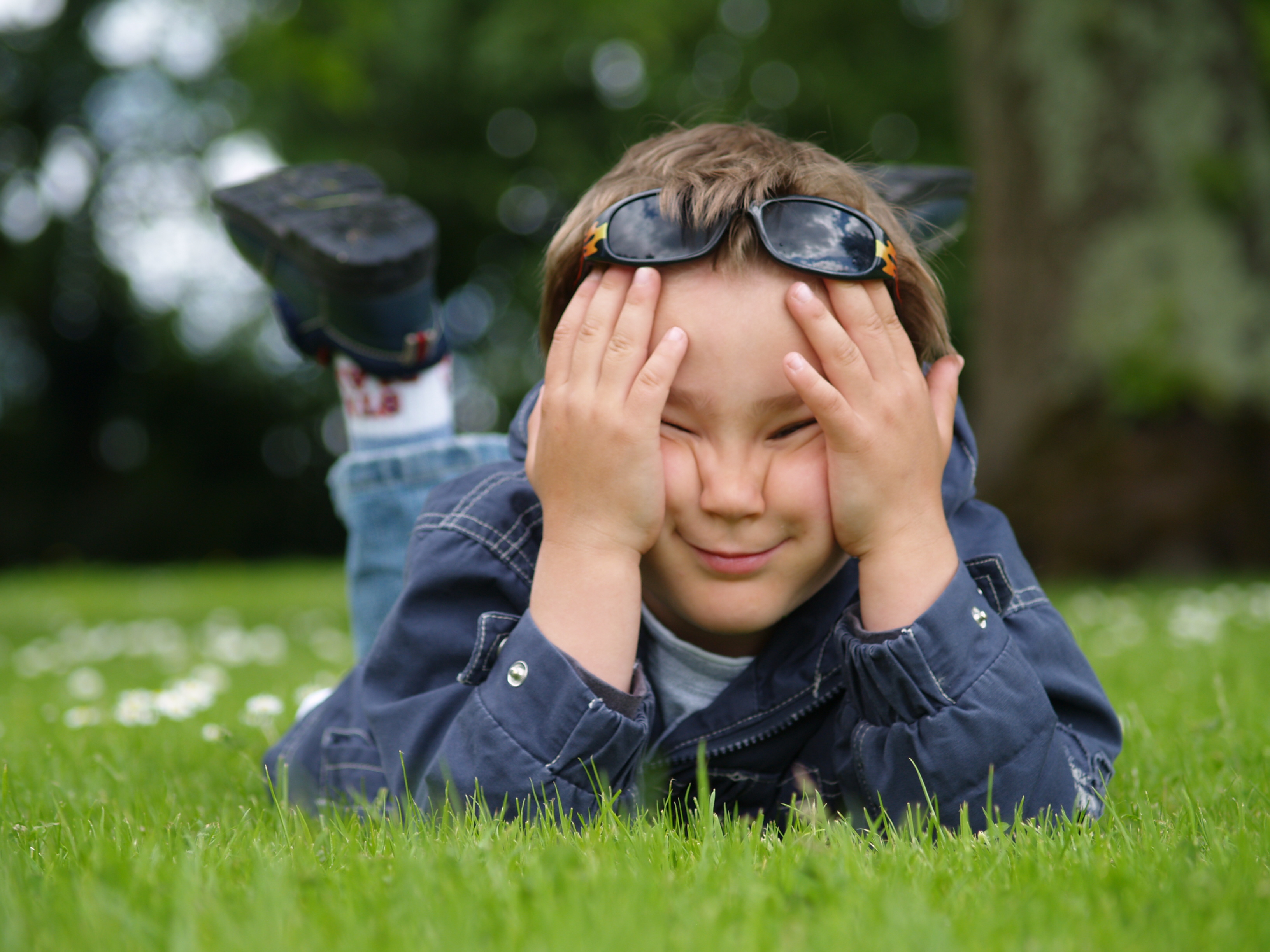Summertime,
And the livin’ is easy…
Well, that  doesn’t always ring true for parents of Autistic children! Safety concerns become heightened when the weather turns nice and schedules are more lax.
doesn’t always ring true for parents of Autistic children! Safety concerns become heightened when the weather turns nice and schedules are more lax.
Having an Autistic son has brought things I’d never before imagined having to be prepared for into my experience. Here are some safety tips I’ve pulled from my own experiences and some great ideas from May Institute that can help you be prepared so you can relax and enjoy the summer with your child.
Water safety
Drowning is the number one cause of death in autistic children. Many children with Autism are powerfully drawn to the water but do not understand the dangers.
Always be within arm’s reach of the child when he or she is in or around any open water. Be sure to drain bathtubs and other small containers of water when you are finished using them – a child can drown in an inch of water. Put safety locks on toilet seats and hot tubs and monitor or cover landscape ponds if you can.
Teach your child to swim as early as possible. If they struggle with traditional swimming strokes, they can learn a water survival technique called drownproofing, which will help them stay afloat until help arrives.
Wandering prevention
Children with ASD are likely to act impulsively, including running away or wandering.
Use deadbolt locks, keep doors and windows locked and install an alarm on doors. Motion detectors and window bars may also be appropriate.
For children who respond well to visual cues, consider placing STOP or DO NOT ENTER signs on all doors that open to the outside. These can be powerful reminders.
You can find seven more vital tips for wandering prevention, including the use of QR Code apparel in this article.
Getting your information to emergency responders
If it is available in your area, register your family on Smart911. Whether an Autistic child has wandered, is having a medical emergency, or a behavioral emergency, it is vital to communicate that they have Autism and understand the response may require very specific actions.
Participate in local community safety fairs where there are opportunities to meet actual police, firefighters, and emergency response professionals that work in your community in an environment that is friendly and fun. This may increase the chances that your child will respond positively to first responders in the future.
If available, submit a disability indicator form to your local law enforcement agency to help alert law enforcement that a person residing at that address may require special assistance during an emergency. You can also create a more detailed handout with information about your child and have printed and electronic formats available so you can readily provide it to search and rescue personnel in the event of an incident.
It’s also a good idea to give your neighbors a handout with a picture of your child and emergency contact information. It should describe effective ways to approach, communicate with, and calm your child. Ask them to contact you immediately if they see your child outside your home or property.
How about you? What summer safety tips work in your home? Share by commenting below or posting to the SOA Facebook page!




